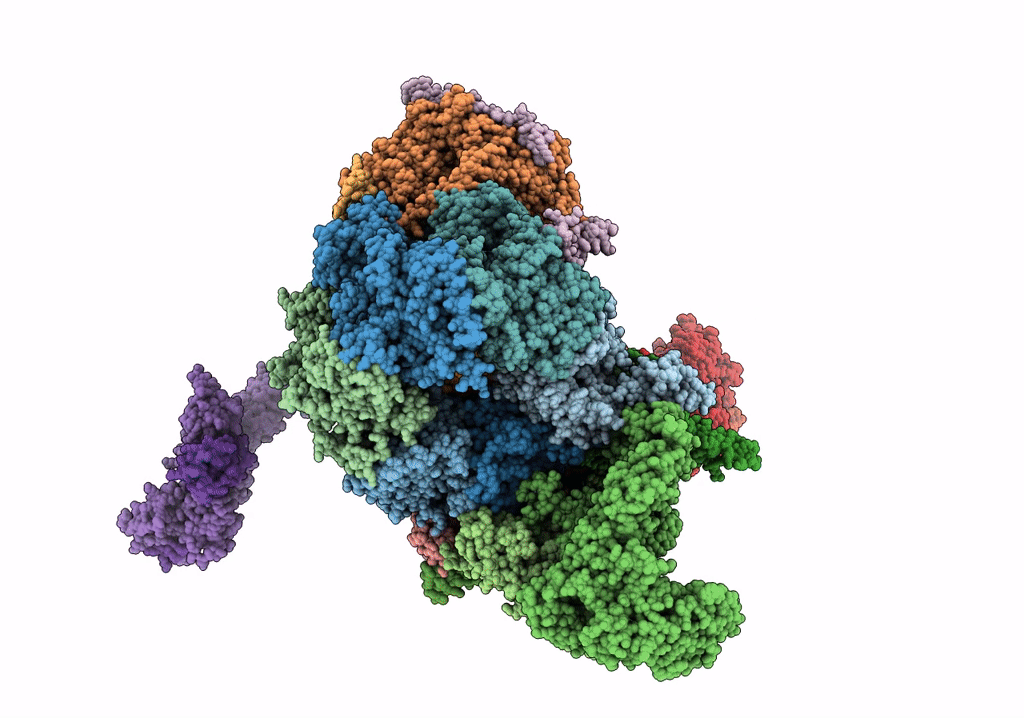
Deposition Date
2021-09-01
Release Date
2021-11-10
Last Version Date
2023-10-18
Method Details:
Experimental Method:
Resolution:
2.80 Å
Aggregation State:
PARTICLE
Reconstruction Method:
SINGLE PARTICLE


